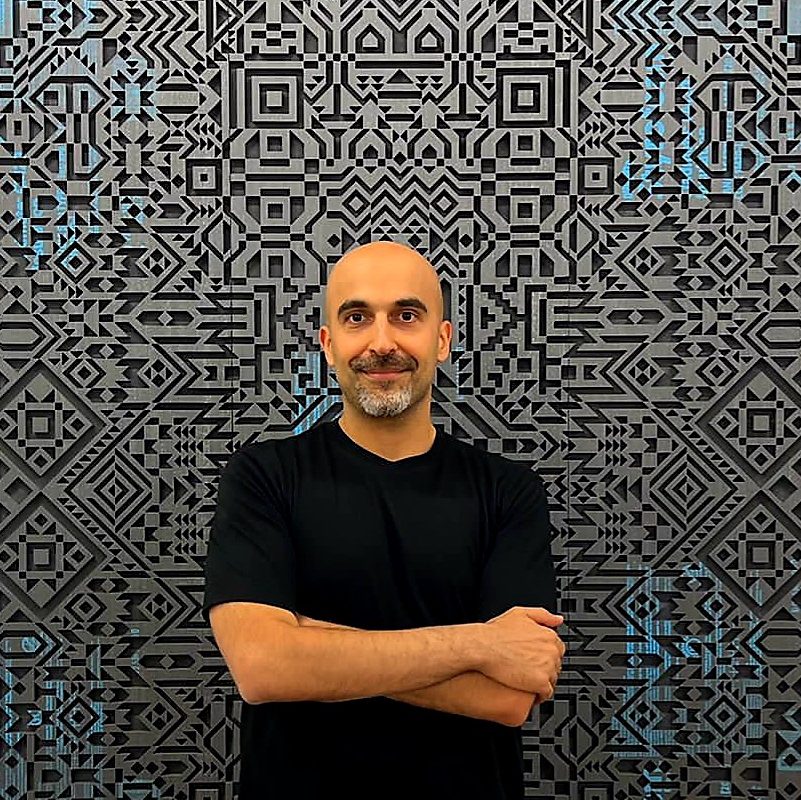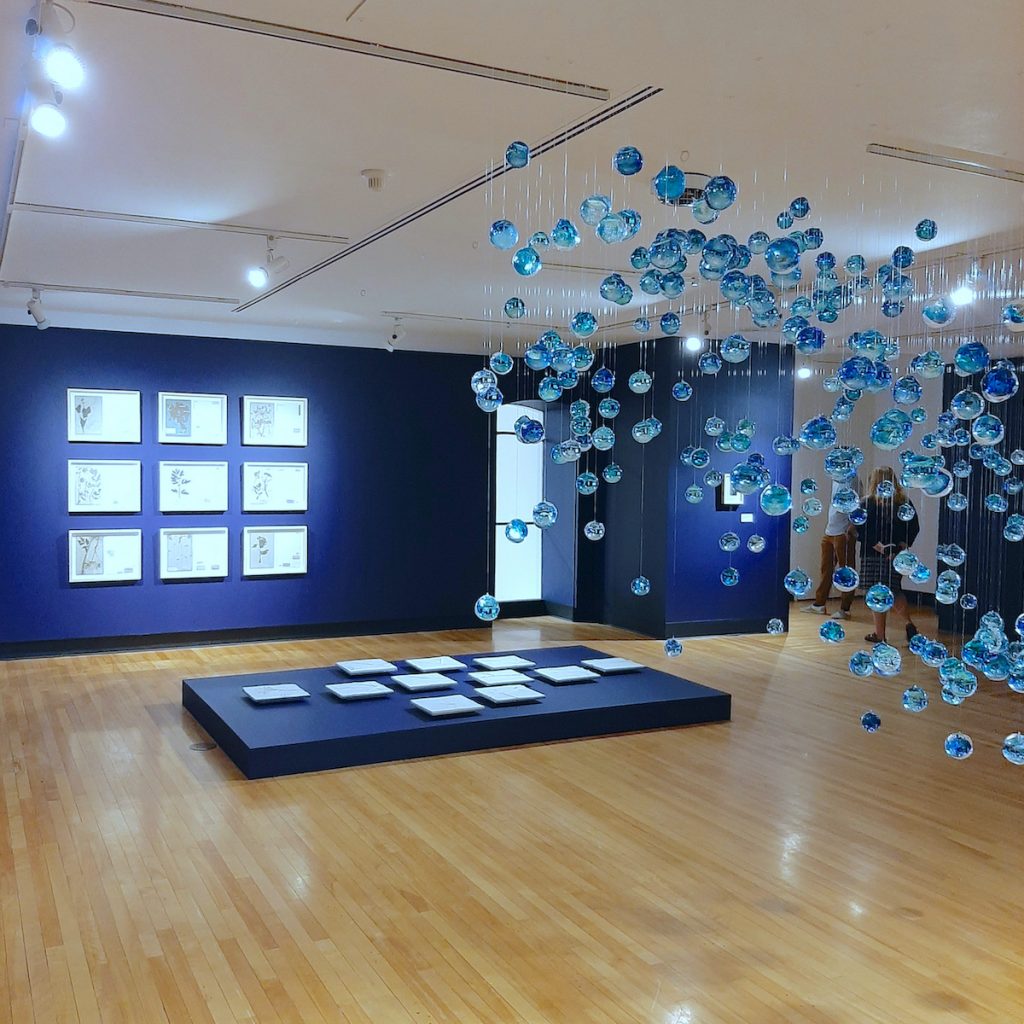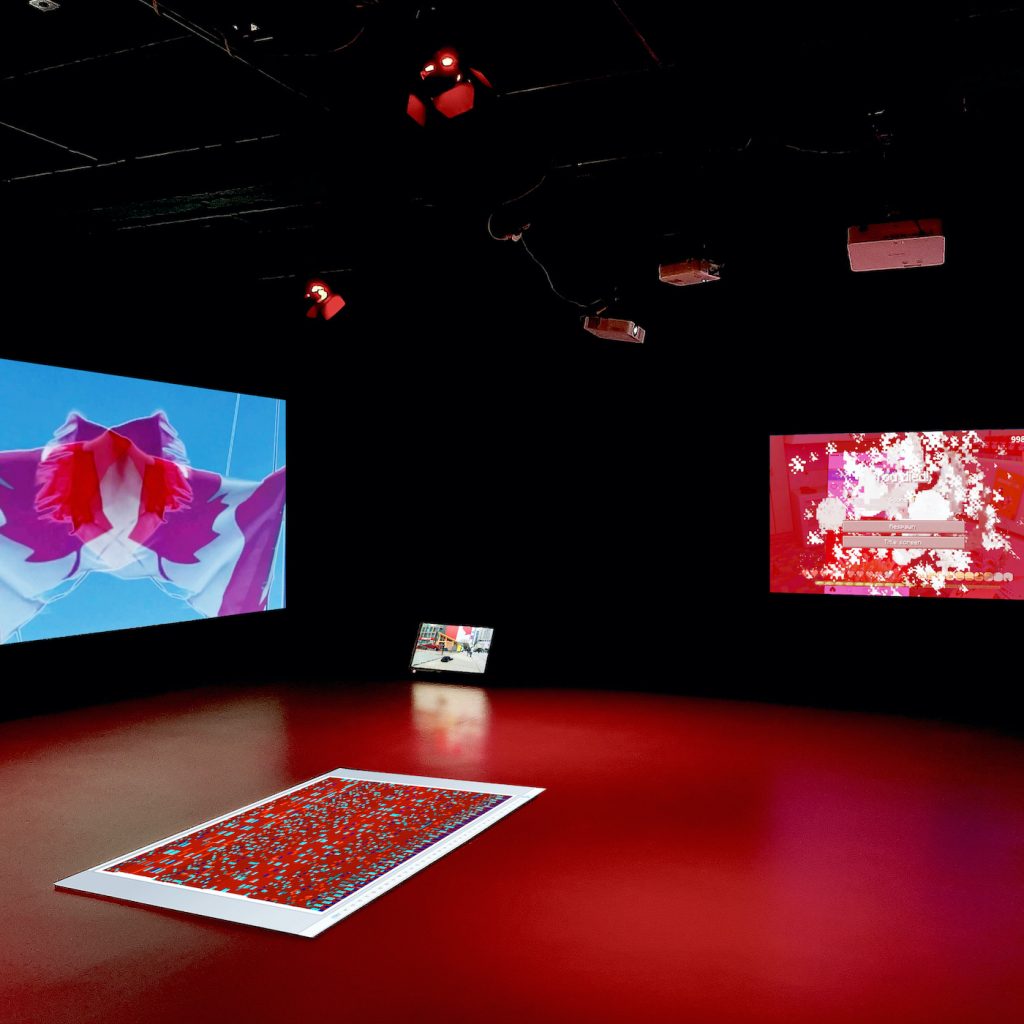Ask a Curator — Amin Alsaden


Photo by Sahar Te.
Ask a Curator (rebranded from the previous @askamuseum) is a one-day event during which you can ask any questions you may have to a curator. It is marked annually around mid September, by museums and galleries worldwide, allowing the public to get familiar with people at the heart of the exhibition-making and programming process. In 2022, we directed a few questions to independent curator Amin Alsaden, who is working with us on Caroline Monnet’s upcoming exhibition at L’Imagier. Make sure to follow us on social media and interact with these questions and answers!
Amin Alsaden is a curator, educator, and scholar of art and architecture, whose work focuses on transnational solidarities and exchanges across cultural boundaries. With a commitment to advancing social justice through the arts, Alsaden’s curatorial practice contributes to the dissemination of more diverse, inclusive, and global narratives, by decentring and expanding existing canons, and challenging hegemonic knowledge and power structures. He is particularly interested in how artists and architects interrogate collective agency in the public realm and level institutional critique, while envisioning novel visual and spatial responses to the experiences of alienation and belonging. Alsaden’s research explores the history and theory of modern and contemporary art and architecture globally, with specific expertise in the Arab and Muslim worlds.


Do people understand what curators do?
“I think so, because there is a bizarre currency to the verb “curate” these days — we hear of musicians curating albums, curated menus at restaurants, or even curated social media content. These do sound pretentious, but they also evoke the sense of something unique that has been conscientiously put together by an individual or a team with specialized knowledge or expertise. I believe most people would associate curators with museums or galleries, and probably know that they are responsible for presenting artists’ work or caring for historical objects. But I always find it surprising that we do not seem to realize how personal, perhaps even autobiographical, this work can be, especially for independent curators whose practice, even when exploring social or cultural issues for example, is informed by their lived experience. I tend to gravitate toward the work of intelligent, critical, and politically engaged curators who are personally invested in what they do, but who also speak to larger themes that resonate with many of us.”
— Amin Alsaden


What is the biggest challenge as an independant curator?
“It is important to emphasize that this is not exactly the most physically demanding or dangerous work. But I believe that most people are not aware of the toll that curating takes on us, especially racialized and Indigenous curators in Canada and in the rest of the supposedly progressive West. I am not necessarily talking about the intellectual labour and the time commitment (there is no such thing as life-work boundaries in an independent curator’s life), or the often little or no compensation, but about the impact of this work on our wellbeing. Most institutions love to talk about things like inclusion, allyship, and community outreach, which actually attract significant public and private funding, particularly at this time of reckoning with the problematic legacies of colonialism. But frequently, when we take on the hard work of making these things happen, it can be a real struggle. We experience the wrath of the institution’s unconscious biases, and perhaps the all-too-conscious discrimination and abuse, due to a lack of tolerance for our world views and alternative ways of doing things – which, understandably, challenge existing and dominant systems.”
— Amin Alsaden


Why is it important for curators to be brave?
“I am under no illusion that curators are doing heroic work, or that they are leading change in the world. But when they work closely with discerning artists, and when they develop mutual trust and respect, creating exhibitions as true partners, powerful results can emerge. This is true when working both with contemporary artists and with museum collections, and I cannot overestimate the significance of this symbiosis or intimacy. When the art and the curator are aligned on subjects that touch upon important issues – such as social justice, environmental degradation, agonies of displacement, and repercussions of warfare – that is when artists and curators might become thought leaders. Not because they are talking about issues ahead of other people, but because they can talk about them in ways that others cannot. They can bring a community together around common concerns and use tools at their disposal, including aesthetics, to confront the public with painful truths or to visualize and spatialize vital knowledge. But again, rather than bravery or exceptionalism, I think this is simply an obligation today, work that must be done if we are paying attention to the realities of this ailing world.”
— Amin Alsaden